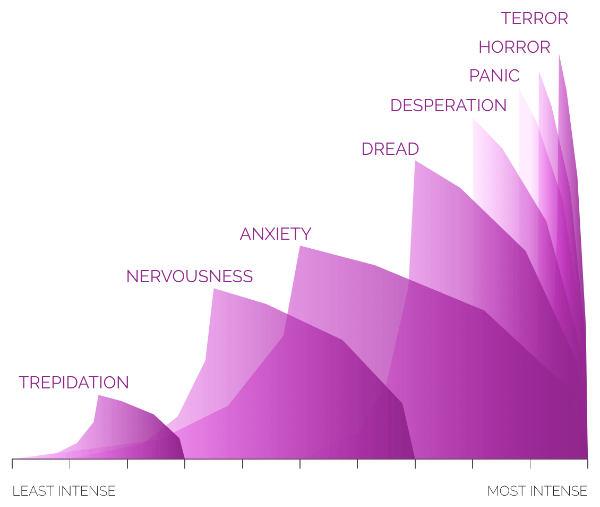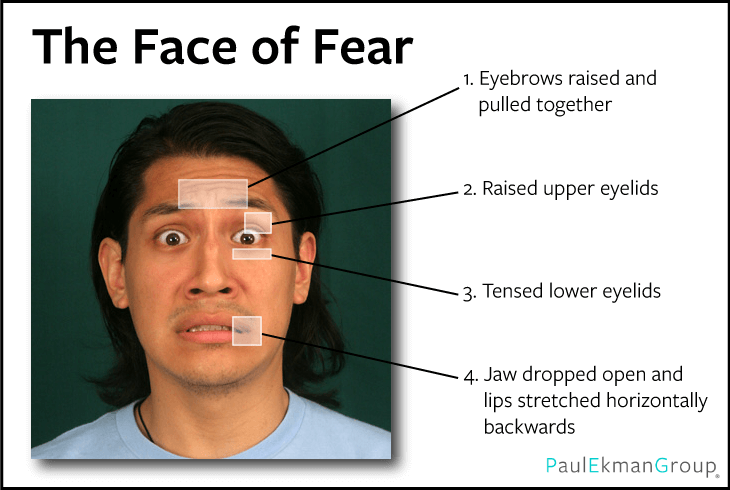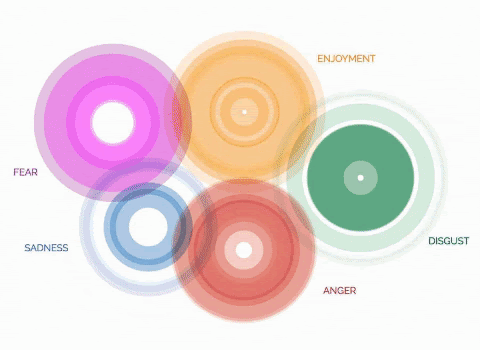By Dr Paul Ekman
I had the privilege of serving as a scientific advisor to the first Inside Out movie and the pleasure of seeing the sequel last week along with family and friends. After the first movie came out, I wrote a Parents’ Guide and after enjoying the sequel, was inspired to write a few reflections.
The sequel of Inside Out includes the same emotion characters (joy, sadness, anger, disgust and fear) we got to know in the first installation, with the addition of a few new characters as Riley enters puberty.
Moving into adolescence
The onset of adolescence is depicted in the film by a demolition team. While this humorous metaphor captures the bold and sometimes unpredictable changes that occur in puberty, it is also important to note that adolescence does not “tear down” the emotional structures in place of childhood, though it certainly adds layers of complexity and emotional development for teenagers.
New emotion characters
The new emotions that make an appearance are: anxiety, embarrassment, envy and ennui. We also get a sneak peek at nostalgia, though the running joke is that it is not yet their time to appear.
Anxiety
In Inside Out 2, the addition of anxiety plays an important role as a key character in the movie, and is introduced as a kind of “companion” character to fear. There is a line in the movie acknowledging the similarities between the characters, in which anxiety explains that fear’s role is to protect Riley from dangers that are seen, and that anxiety’s role is to protect Riley from dangers that are unseen. Anxiety focuses on future projections of possible failures, in the attempt to prepare and steer Riley in the direction of success and accomplishment. While many emotion scientists (myself included) wouldn’t distinguish anxiety as a separate emotion distinct from the larger family of fear-based emotions, creating a new character highlighting anxiety adds to the storyline and takeaways from the film.
Finding ways to embrace and temper anxiety, rather than let it solely “run the show” provides a powerful climax and denouement to the story. With the significant increase among teenagers of anxiety and depression, the character of anxiety provides a window into the intense period of self-consciousness and desire to be included in adolescence which underpins all of anxiety’s machinations for control. While in the movie we see this play out in real-time friendships, the social lives of many teens is played out largely online. We can feel the same intensity of emotions when worried about our social connections in person or online.
Embarrassment
Embarrassment makes its entrance in the moments of the newly heightened self-consciousness often paired with adolescence. Embarrassment develops as we become more aware of our increasingly complex social norms and expectations and we try to find our ways of “fitting in” within it. This process is often highlighted during adolescence, a period of development marked by a growing sense of identity formation. Interestingly embarrassment also exhibits the most empathy and understanding for the exiled emotions, as a ‘self conscious’ embarrassment is tightly tied to our impression of others around us. While not scientifically tied to empathy, embarrassment shows a greater perspective taking than the rest of the newly joined puberty emotions.
Envy
Envy also plays an important role in a developing “sense of self” and “sense of place” within social structures, as the character reflects on the qualities and characteristics of others seen as valuable and desirable and tries to position Riley advantageously. Envy is shown to be connected with contempt. It is the upward/inflated comparison of another as better or having more, instead of disgust which is a downward/diminishing comparison of another being toxic. It could have been meaningful to consider contempt, which is where our negative social judgments often reside. Contempt is a feeling of superiority towards others, a judgment of being better or “one up”. Contempt and envy are likely an emotion intensified by social media which creates a perfect platform for persistent upward and downward comparison with friends and strangers.
Ennui
Ennui is an interesting addition, as it is also not considered to be a distinct emotion by many emotion scientists, though the value added to the storyline is clear. Ennui is a French word used to describe weariness, dissatisfaction, or boredom- states which are often experienced by teens, and sometimes confusing or frustrating to their parents. The character provides numerous moments of humor throughout the film, as Riley oscillates between anxious moments of overcompensating and ennui moments of trying to “play it cool”. Ennui has obvious ties to contempt, described above, which I have often felt is a very teenage emotion. Many teens feel a sense of withering superiority towards their parents which can lead to the ennui (“no one understands and I can’t be bothered”) behavior seen in the film.
Sense of self
The movie also explores the expansion of core beliefs and sense of self, mirroring the growing complexity of identity formation and self reflection key in the developmental stages of adolescence and into adulthood. As with the first film, there is a meaningful, though scientifically inaccurate, portrayal of what is sometimes referred to in psychotherapy as our “internal working model” of self. Joy, as in the first movie, is trying to selectively curate the memories and ideas that constitute who Riley is, to be only the positive side of herself. Anxiety finds this “totally positive” view naive and hopelessly uncool, a social poison for Riley entering highschool. Anxiety attempts to create a new socially savvy working model but it is too self-centered and turns aggressive. Both Joy and Anxiety fail when they try to overly curate a sense of self. All of us (our most charismatic, empathic, as well as annoying and cringeworthy moments) are part of an ongoing narrative understanding of the fullness of who we are.
More to explore
I can hope that Inside Out 3 could include compassion. While it is not exactly an emotion, it is a meaningful strategy for us to more fully embrace all of our emotions. Compassion meditations with our difficult emotions can help us see that ALL of us are in the same boat when it comes to our difficult emotions- and that we can be the friendly loving presence we offer to others when feeling stressed, sad, or overwhelmed. Cultivating Emotional Balance, a training I co-created with Alan Wallace and which has been led by my daughter Eve Ekman is another resource for deepening our understanding of emotions through mapping individual emotion experience and applying mindfulness to our experience. Some of these tools are also available through the Atlas of Emotion website.
All in all, it was a joy to watch and feel along with Inside Out 2.
If you haven’t already, check out the original A Parents’ Guide to Disney-Pixar’s Inside Out.
Paul Ekman is a well-known psychologist and co-discoverer of micro expressions. He was named one of the 100 most influential people in the world by TIME magazine in 2009. He has worked with many government agencies, domestic and abroad. Dr. Ekman has compiled over 50 years of his research to create comprehensive training tools to read the hidden emotions of those around you.





